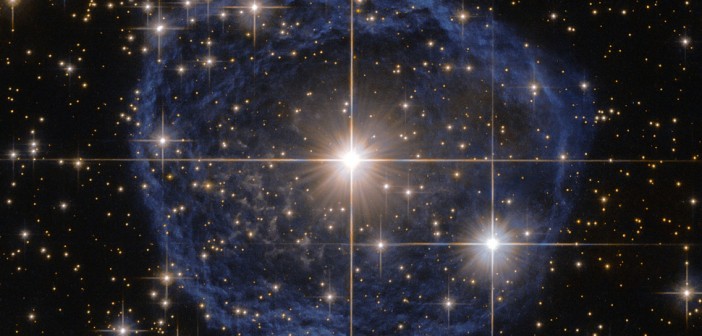Today the federal Government Accountability Office (GAO) finally published its exhaustive report on the FBI’s face recognition capabilities. The takeaway: FBI has access to hundreds of millions more photos than we ever thought. And the Bureau has been hiding this fact from the public—in flagrant violation of federal law and agency policy—for years.
According to the GAO Report, FBI’s Facial Analysis, Comparison, and Evaluation (FACE) Services unit not only has access to FBI’s Next Generation Identification (NGI) face recognition database of nearly 30 million civil and criminal mug shot photos, it also has access to the State Department’s Visa and Passport databases, the Defense Department’s biometric database, and the drivers license databases of at least 16 states. Totaling 411.9 million images, this is an unprecedented number of photographs, most of which are of Americans and foreigners who have committed no crimes.
The FBI has done little to make sure that its search results (which the Bureau calls “investigative leads”) do not include photos of innocent people, according to the report. The FBI has conducted only very limited testing to ensure the accuracy of NGI’s face recognition capabilities. And it has not taken any steps to determine whether the face recognition systems of its external partners—states and other federal agencies—are sufficiently accurate to prevent innocent people from being identified as criminal suspects. As we know from previous research, face recognition is notoriously inaccurate across the board and may also misidentify African Americans and ethnic minorities, young people, and women at higher rates than whites, older people, and men, respectively.
https://www.eff.org/deeplinks/2016/06/fbi-can-search-400-million-face-recognition-photos

